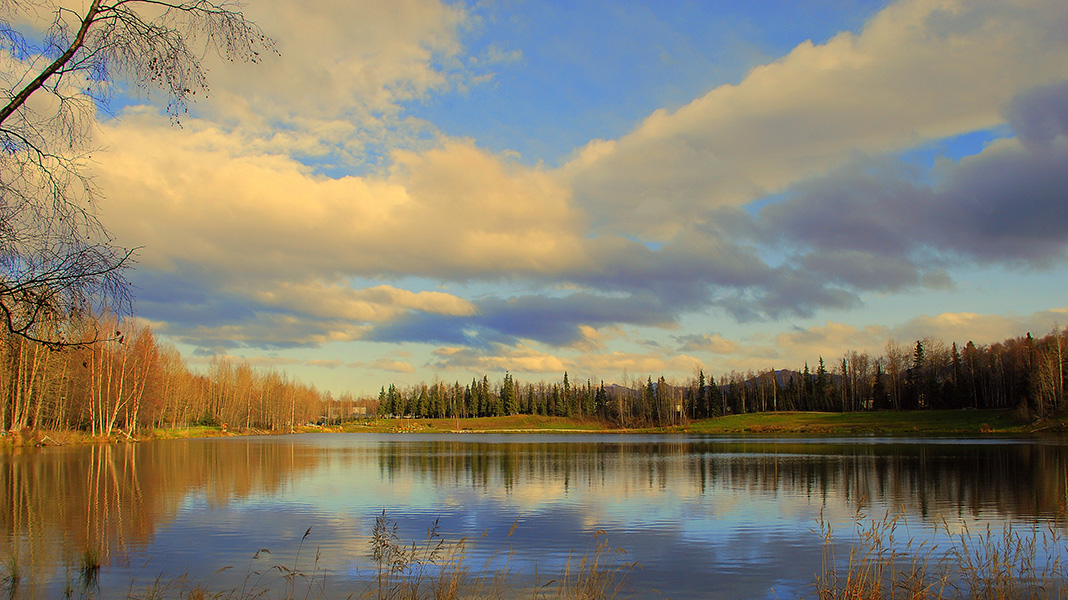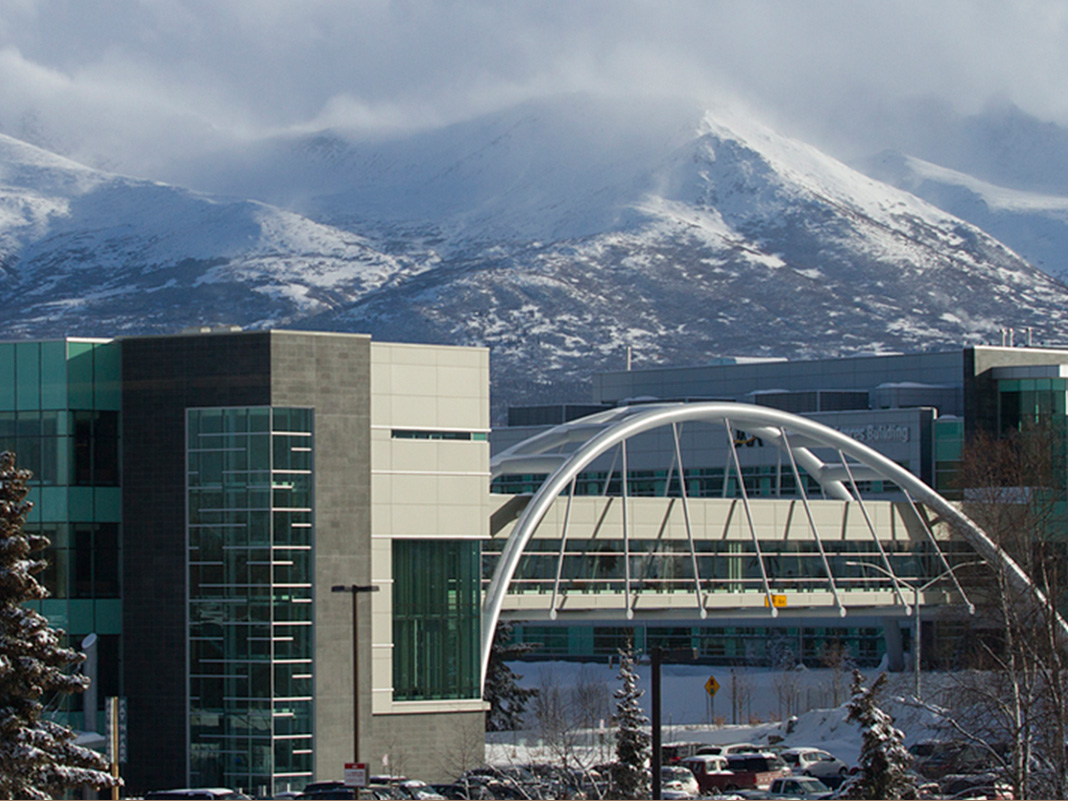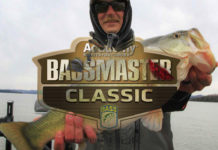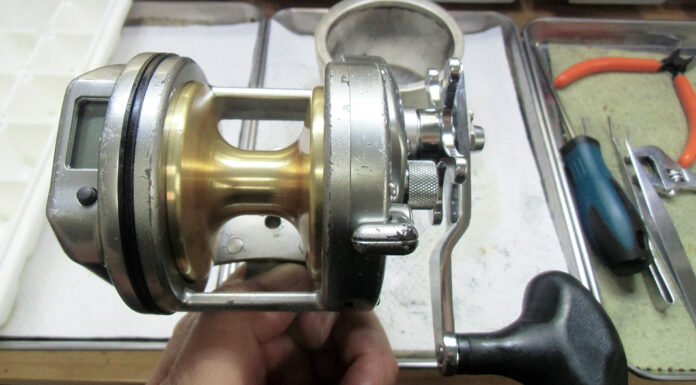
停泊船が釣り上げた一尾の魚
今年の9月から気になるニュースがあるので要点紹介します。それは アラスカ州 のアンカレッジ周辺にある サンドレイク という湖で起きた出来事。9月5日に その湖では生息するハズのない 一匹の ブラックバス が釣り上げられたらしい。[記事] このバス一尾でかなりのネット論議となっていた。というのも…
 アラスカ州はカナダよりも北西に位置しており ロシア側に近い。(アラスカ州は北緯64度、北海道は緯45度) また アンカレッジという地域は近くの山々では スノーボート が出来る程の地域となる。この事件に関して論点は二つあった。①こんな低温水域でラージマウスは生息できるのか?②誰かが密放流した魚なのか? という事だった。どちらにしても この事件は このまま流れてしまうだろうと憶測していた。
アラスカ州はカナダよりも北西に位置しており ロシア側に近い。(アラスカ州は北緯64度、北海道は緯45度) また アンカレッジという地域は近くの山々では スノーボート が出来る程の地域となる。この事件に関して論点は二つあった。①こんな低温水域でラージマウスは生息できるのか?②誰かが密放流した魚なのか? という事だった。どちらにしても この事件は このまま流れてしまうだろうと憶測していた。

この湖は河口湖の約5倍の面積を誇る湖。そして水温は厳冬期になると 水温はマイナス -2度 以上を記録するらしい。水中には レインボートラウト や チヌークサーモン がネイティブで生息してる。下記の アラスカスポーツフィッシング自然管理局 の記事にも沢山のコメントが寄せられている。一番 多かったのは「バスプロショップがギャング放流をしているのではないのか?」というコメント…大衆の声というのは万国共通だ。
釣り上げたバスは殺してください!(英語)早期の動き

それから一ヶ月後の10月5日に再度、アラスカスポーツフィッシング自然管理局 から記事がアップされた。それは 「我々は 先月サンドレイクで釣り上げられた一匹のバスを アラスカ大学に持ち込み DNA検査を行いました。結果、ネイティブのバスではないという事が判明されました。」ここまでに費やした時間もわずか一ヶ月と非常に早い。他にも密漁や動物に関わる伝染病等にも 迅速に対応できうる体制を持った組織なんだなと思った。自然を観光資源としている アラスカ政府機関の対応の速さには ここ最近一番びっくりしたニュースとなった。
An Anchorage angler got quite the surprise on Monday night when they caught a fish that isn’t normally seen in Alaska waters, according to the Alaska Department of Fish and Game.
ADF&G’s Division of Sport Fish said a local angler went out to Sand Lake and caught a juvenile bass that is not native to Alaska.
Fishery biologist Kristine Dunker said this is the first time they’ve learned of a bass in Sand Lake:
“Our primary concern at this time is to determine if there are others, and more importantly, if there is evidence of a reproducing population. Over the next several days ADF&G staff will be concentrating their efforts on Sand Lake to evaluate if other bass are present, and if additional efforts will be needed to remove them.”
Dunker and fellow biologist Parker Bradley went to Sand Lake on Thursday to check it out for other bass like the one turned into them Tuesday morning.
“There are no native bass species in Alaska so this certainly is a fish not supposed to be in this lake,” she said.
The biologists set gill nets in the area the bass was caught and also took hook and line sampling.
Dunker said Fish and Game is taking this seriously because having bass in Alaska waters could cause some fish species to decline.
“They are top predators,” Dunker said. “They can feed on other species to cause them to decline. The disease issue is huge and there’s been a number of cases in other parts of the world where they’ve been introduced where they’ve cause extirpation which means they’ve cause other species to decline to zero.”
So far, no more bass have been caught but Fish and Game is asking the community to monitor the fish you catch closely.
“Be really mindful of what it is you’re catching,” Dunker said. “And if you find something that doesn’t look like a trout, doesn’t look like a salmon, if you know it looks like a bass, it doesn’t matter if it’s unfamiliar… call fish and game. Bring it to our office in Anchorage we’re going to want that fish.”
Any fish you believe is a non-native species, kill it, keep it and bring it to the Anchorage Fish and Game office located at 333 Raspberry Road or call (877) INVASIV or (877) 468-2748.
Anyone with information about how the bass may have got into Sand Lake is asked to contact Fish and Game at 1-(877) INVASIV or 1-(877) 468-2748.
Biologists say fish in Sand Lake are safe from predatory bass after one was caught there in early September.
In a release Friday, the Alaska Department of Fish and Game said the juvenile fish had been sent to the University of Alaska Fairbanks and genetic testing confirmed it was a largemouth bass, which are not native to Alaska.
Bass are aggressive predators and can wipe out entire other species, which had Fish and Game concerned about the health of the lake’s stock.
But after surveying the waters with different types of traps and nets, Fish and Game determined the rest of the lake is bass-free. The agency will continue monitoring for the next weeks and months to make sure it stays that way.
©KTVA








